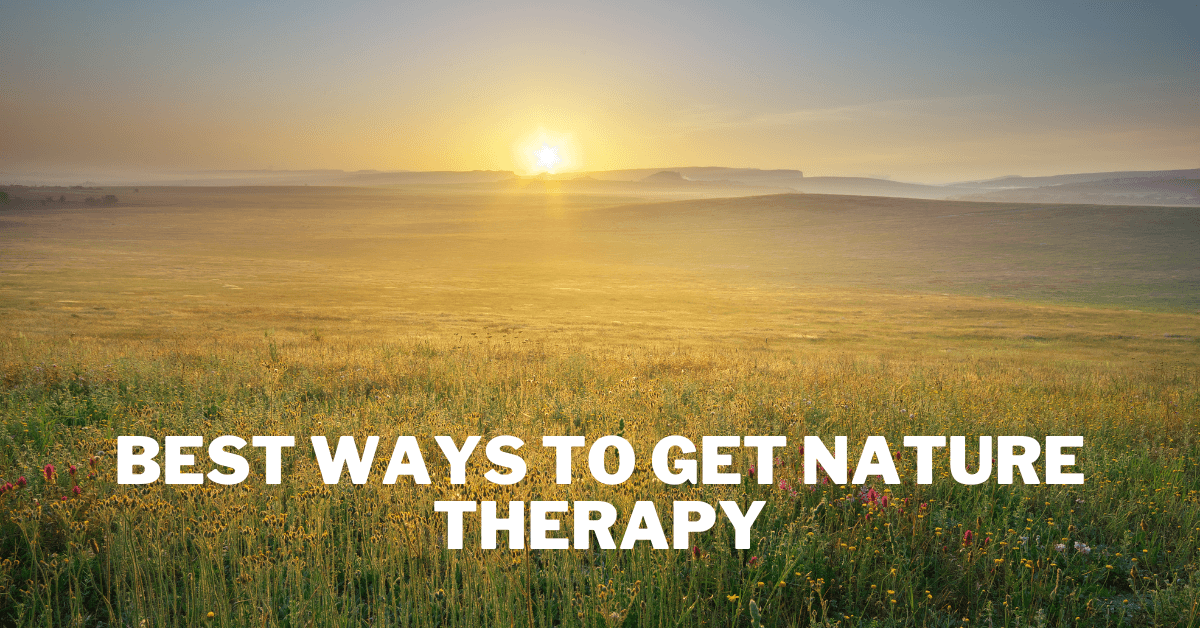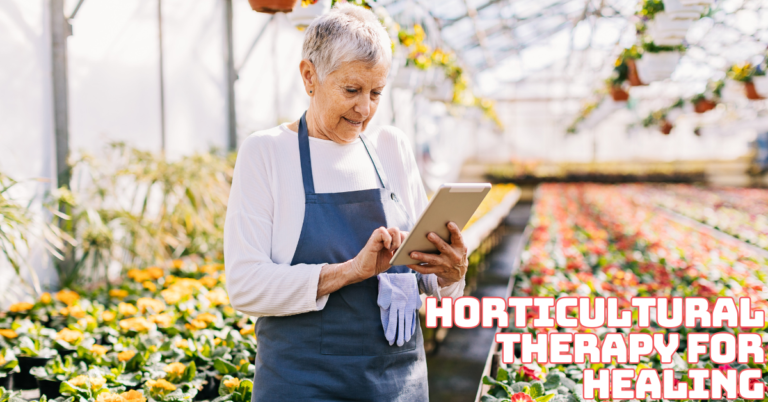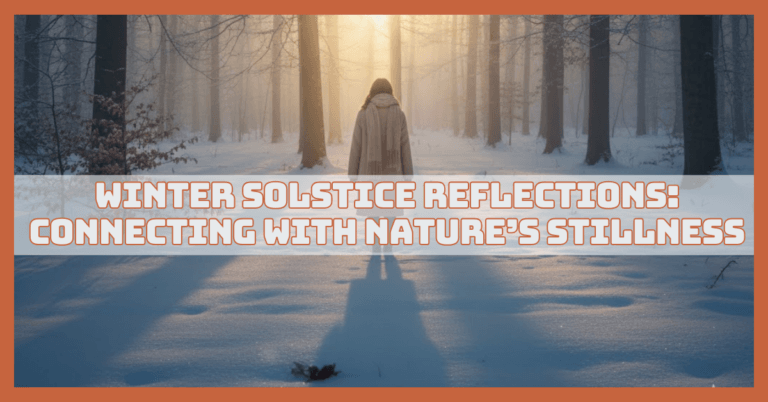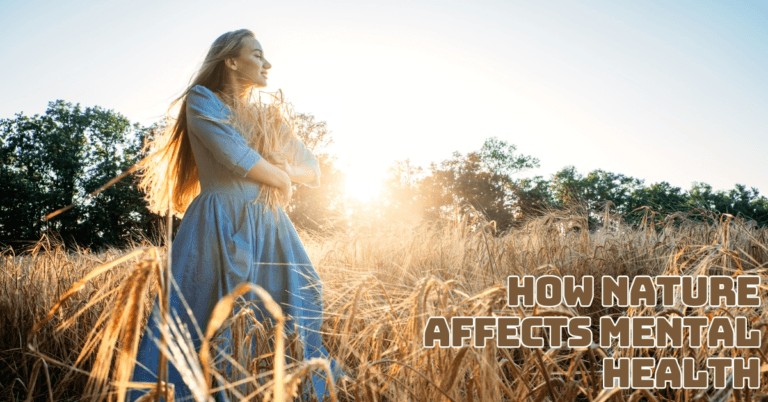Best Ways To Get Nature Therapy
Best Ways To Get Nature Therapy
Where we're exploring the best ways to experience nature therapy! In today's fast-paced world, where stress and anxiety are prevalent, spending time in nature can be a powerful way to heal and rejuvenate.
Nature therapy, also known as ecotherapy or forest bathing, is a holistic approach to well-being that harnesses nature's healing power to promote physical, mental, and emotional health.
This blog post will explore how you can incorporate nature therapy into your life and reap its benefits.
From forest bathing and hiking to gardening and camping, we'll explore a range of activities that can help you connect with nature on a deeper level.
We'll also discuss the science behind nature therapy and how it can improve your overall well-being, including reducing stress, boosting mood, improving sleep, and enhancing creativity.
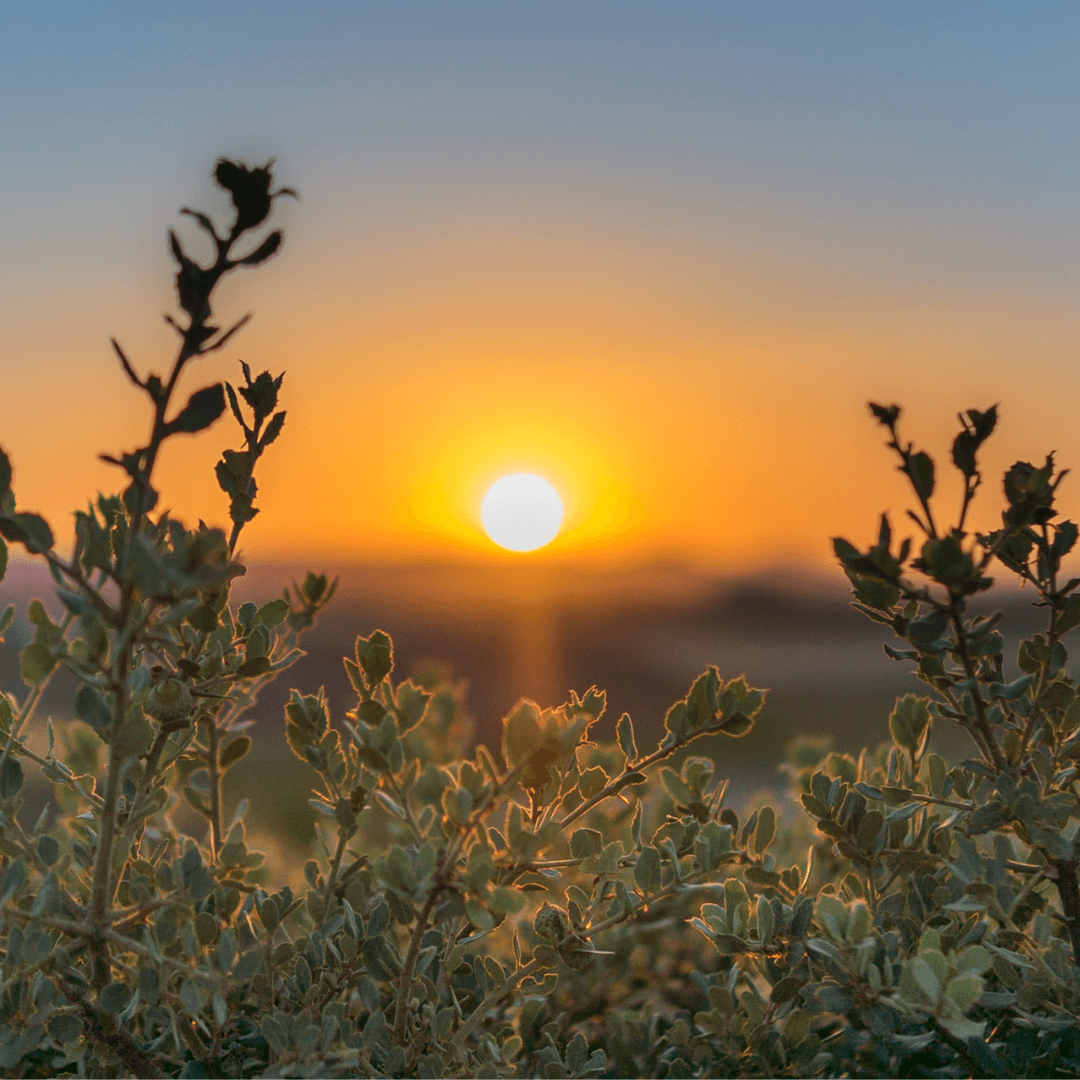
What Is Nature Therapy?
Nature therapy, also known as ecotherapy or forest bathing, is a therapeutic practice that involves immersing oneself in nature to promote well-being.
It can include forest bathing, hiking, gardening, camping, and nature meditation. Spending time in nature can positively impact mental, emotional, and physical health.
Nature can reduce stress, lower blood pressure, boost mood, increase creativity, improve cognitive function, enhance immune function, and promote overall well-being.
Nature therapy offers a holistic approach to connecting with the natural world and reaping its healing benefits for the mind, body, and soul.
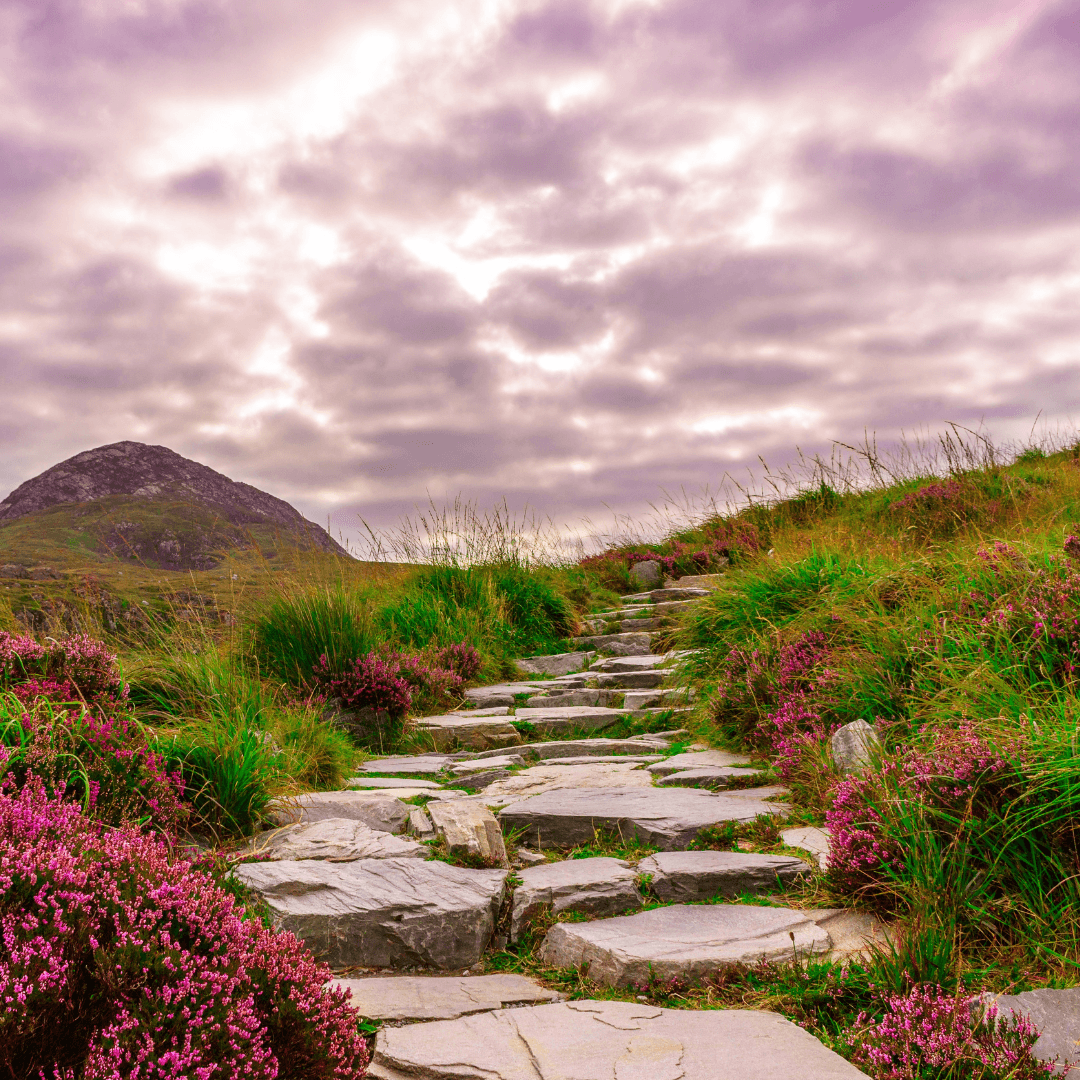
Benefits Of Nature Therapy
Nature therapy, also known as ecotherapy or green therapy, is a form of therapeutic intervention that recognizes the healing power of nature on human well-being.
It involves incorporating nature-based activities and experiences into one's daily routine or participating in organized nature-based programs to improve mental, emotional, and physical health.
Nature therapy takes various forms, depending on individual preferences and available resources.
It can involve spending time in natural environments such as forests, parks, gardens, or waterfronts. Activities may include walking, hiking, camping, gardening, birdwatching, or simply sitting and observing nature.
Some nature-based programs may incorporate wilderness, adventure, or animal-assisted therapy. One of the key aspects of nature therapy is the connection between nature and human well-being.
Spending time in nature can improve the effects of stress, anxiety, and sadness. Nature has a calming effect on the mind and body, helping to lower cortisol levels and promote relaxation.
Nature's sights, sounds, and smells can also evoke positive emotions and enhance mood, increasing overall well-being.
Nature therapy can also improve physical health. Engaging in outdoor activities like walking or hiking can increase physical fitness, strength, and endurance.
Exposure to natural sunlight during outdoor activities can also help regulate sleep patterns and boost vitamin D levels, which is important for bone health.
Nature therapy has also been shown to have cognitive benefits. Being in nature can improve concentration, focus, and creativity.
It can also provide a break from screens and other modern distractions, allowing the mind to rest and rejuvenate.
Nature therapy can promote social connection and community engagement. Participating in nature-based activities like group hikes or gardening can foster social bonds, encourage teamwork, and enhance social skills.
Nature can also be a shared experience that brings people together, deepens relationships, and fosters a sense of belonging.
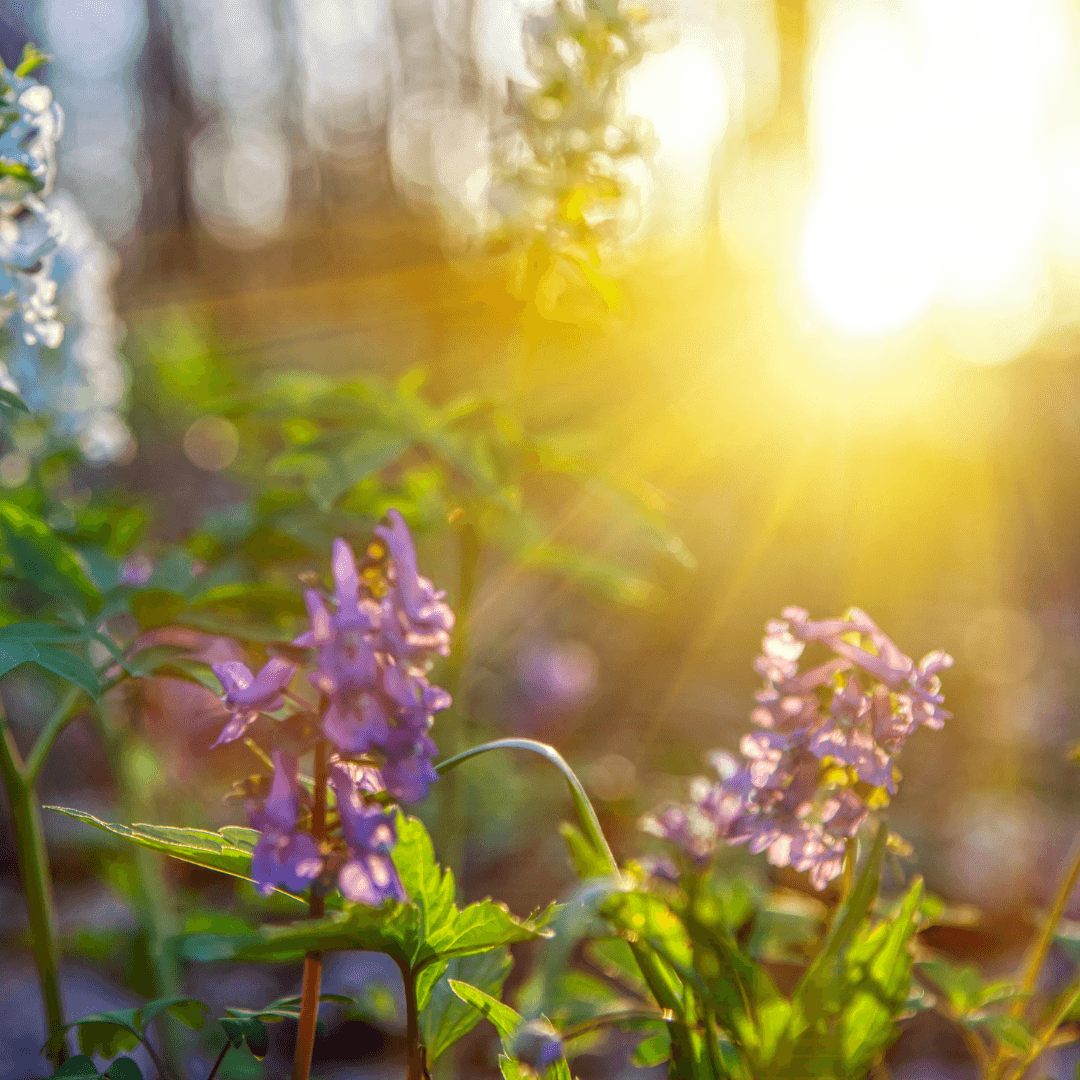
Ways To Get Nature Therapy
There are many ways to incorporate nature therapy into your routine and experience the benefits of time in nature.

1. Forest Bathing Or Shinrin-Yoku
Forest bathing, also known as shinrin-yoku, is a nature-based practice that originated in Japan and has gained popularity worldwide as a form of nature therapy.
It involves immersing oneself in a forest environment and using the senses to fully experience the forest's sights, sounds, smells, and textures.
Forest bathing is typically slow and mindful, encouraging a deep connection with the natural environment.
It emphasizes being present at the moment and fully engaging with the forest's sensory experiences without any specific goals or agenda.
It's not about exercise or hiking but rather about slowing down, observing, and absorbing the natural surroundings.
Forest bathing has numerous health benefits, including reducing stress, lowering blood pressure, boosting mood, enhancing immune function, and improving overall well-being.
Spending time in nature reduces the stress hormone cortisol, producing more serotonin, a neurotransmitter enhancing happiness and well-being.
During a forest bathing session, you can engage in various activities encouraging mindfulness and sensory awareness.
These include walking slowly and mindfully, taking deep breaths, listening to the sounds of the forest, touching the textures of trees or leaves, and observing the play of light and shadows.
You can also find a spot to sit or lie down, allowing yourself to be present and soak in the forest's healing energy.
Forest bathing can be practiced in any forest or wooded area, whether it's a local park, a nature reserve, or a national forest.
Forest bathing can be practiced year-round, offering unique sensory experiences and benefits in each season. You can do it alone or with a guide who can provide insights and facilitate the experience.
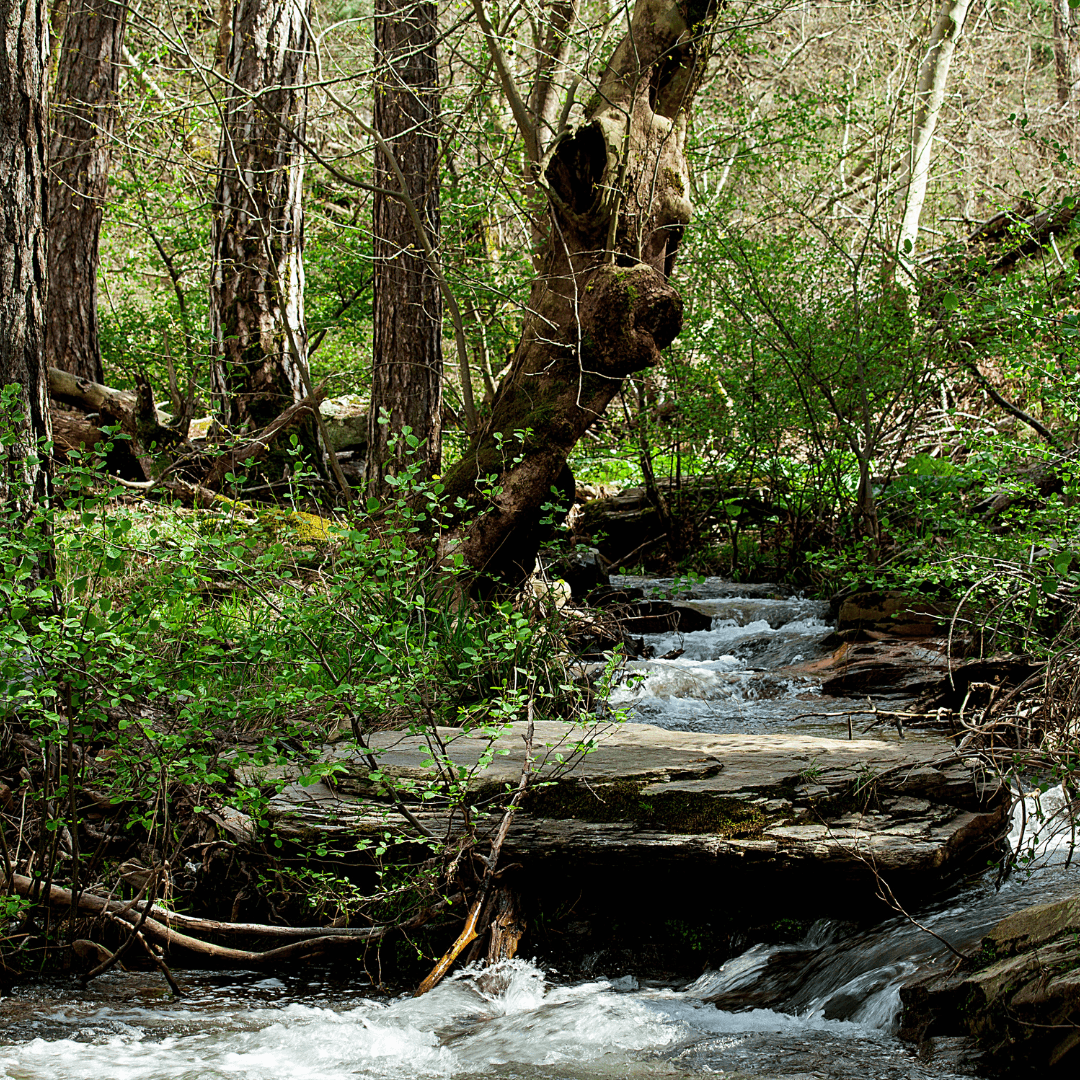
2. Nature Walks Or Hikes
Nature walks or hikes are simple yet effective ways to engage in nature therapy. They involve going for a walk or hike in a natural environment such as a park, forest, mountain trail, or beach and experiencing the benefits of being in nature.
Nature walks or hikes offer a range of mental, emotional, and physical benefits. They allow people to connect with nature and immerse themselves in their surroundings, which can help reduce stress, lower blood pressure, boost mood, and improve overall well-being.
Walking or hiking in nature also involves physical activity, which can improve physical health, increase fitness, and reduce the risk of chronic diseases.
You can engage in mindfulness practices during a nature walk or hike to enhance the experience. Pay attention to nature's sights, sounds, smells, and textures, and be fully present in the moment.
Practice deep breathing, take breaks to sit or rest, and allow yourself to be fully immersed in the natural environment. Nature walks or hikes can be adapted to suit your fitness level, preferences, and interests.
Depending on your comfort level and physical abilities, you can choose a stroll through a park or a more challenging mountain hike. You can go solo for some quiet solitude or invite friends or family to join you for a social nature experience.
It's important to practice responsible nature etiquette during walks or hikes. For example, you should stay on marked trails, respect wildlife and vegetation, pack out your trash, and leave nature as you found it.
Also, be prepared with appropriate clothing, footwear, and supplies, and be aware of weather conditions and potential hazards in the natural environment.
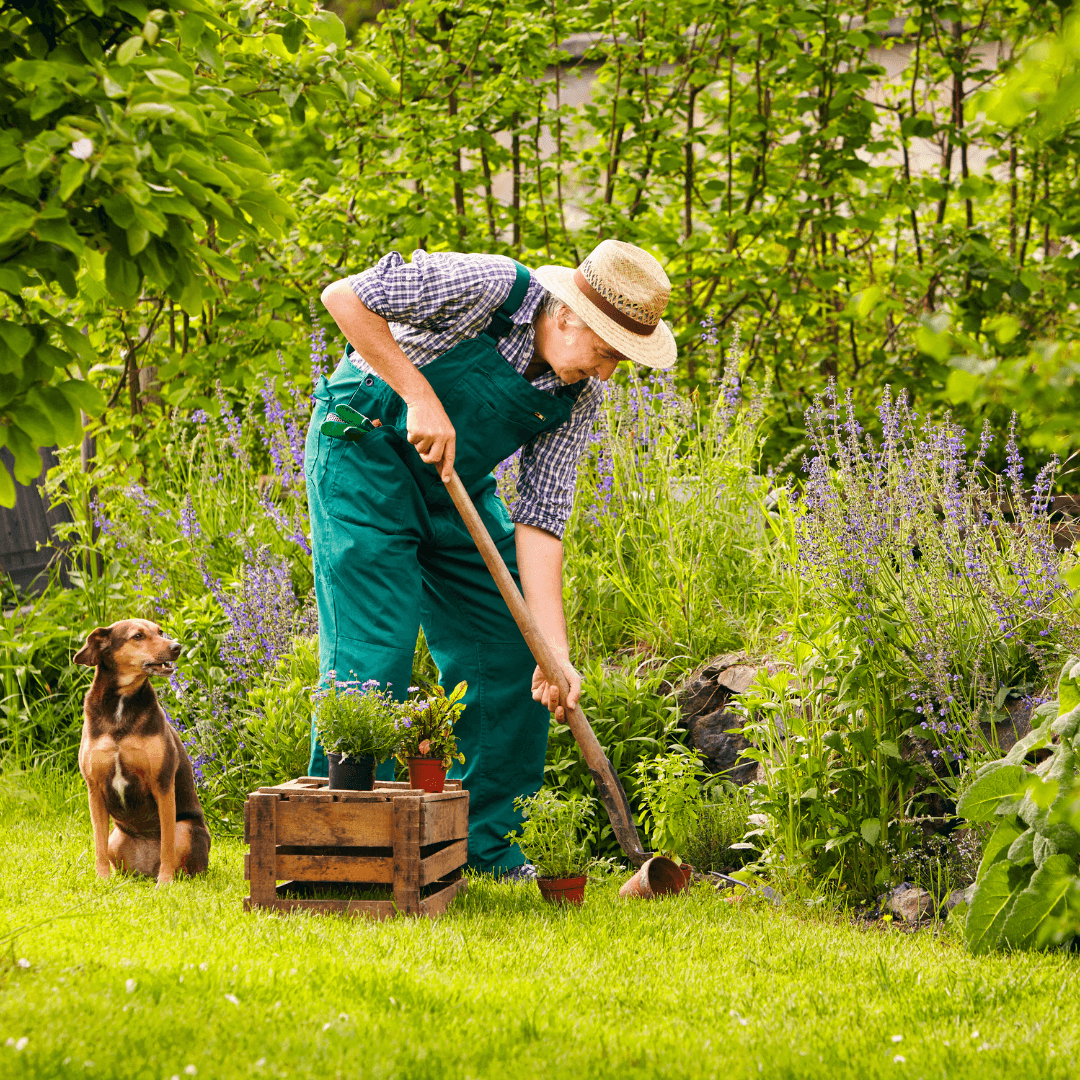
3. Gardening
Gardening is a rewarding and therapeutic activity that allows you to connect hands-on with nature. It involves planting, nurturing, caring for plants, and witnessing the growth and transformation of nature right in your backyard, a community garden, or even indoors with houseplants.
Gardening offers a range of mental, emotional, and physical health benefits. It provides an opportunity to engage in physical activity, such as digging, planting, watering, and weeding, which can improve physical health, increase fitness, and reduce stress.
Gardening also allows mindfulness and relaxation as you focus on the present moment and connect with the natural world.
Working with soil and plants helps to have numerous positive effects on mental well-being. Gardening can reduce stress, anxiety, and depression and improve mood and overall mental health.
It provides a sense of accomplishment and satisfaction as you watch your plants grow and flourish, and it can boost your self-confidence.
Gardening can also foster a connection with the earth and the environment. It encourages understanding the natural cycles of growth, decay, and regeneration and promotes awareness of the interdependence between humans and nature.
Gardening can also be a creative outlet, allowing you to express yourself by designing and arranging plants aesthetically pleasingly.
Gardening can be adapted to suit your interests, preferences, and available space. You can grow flowers, vegetables, and herbs or create a butterfly or bird-friendly garden.
You can plant in the ground, in containers, or even create vertical gardens in small spaces. You can do gardening individually or as a group activity, such as in community gardens, which can foster social connections and a sense of community.
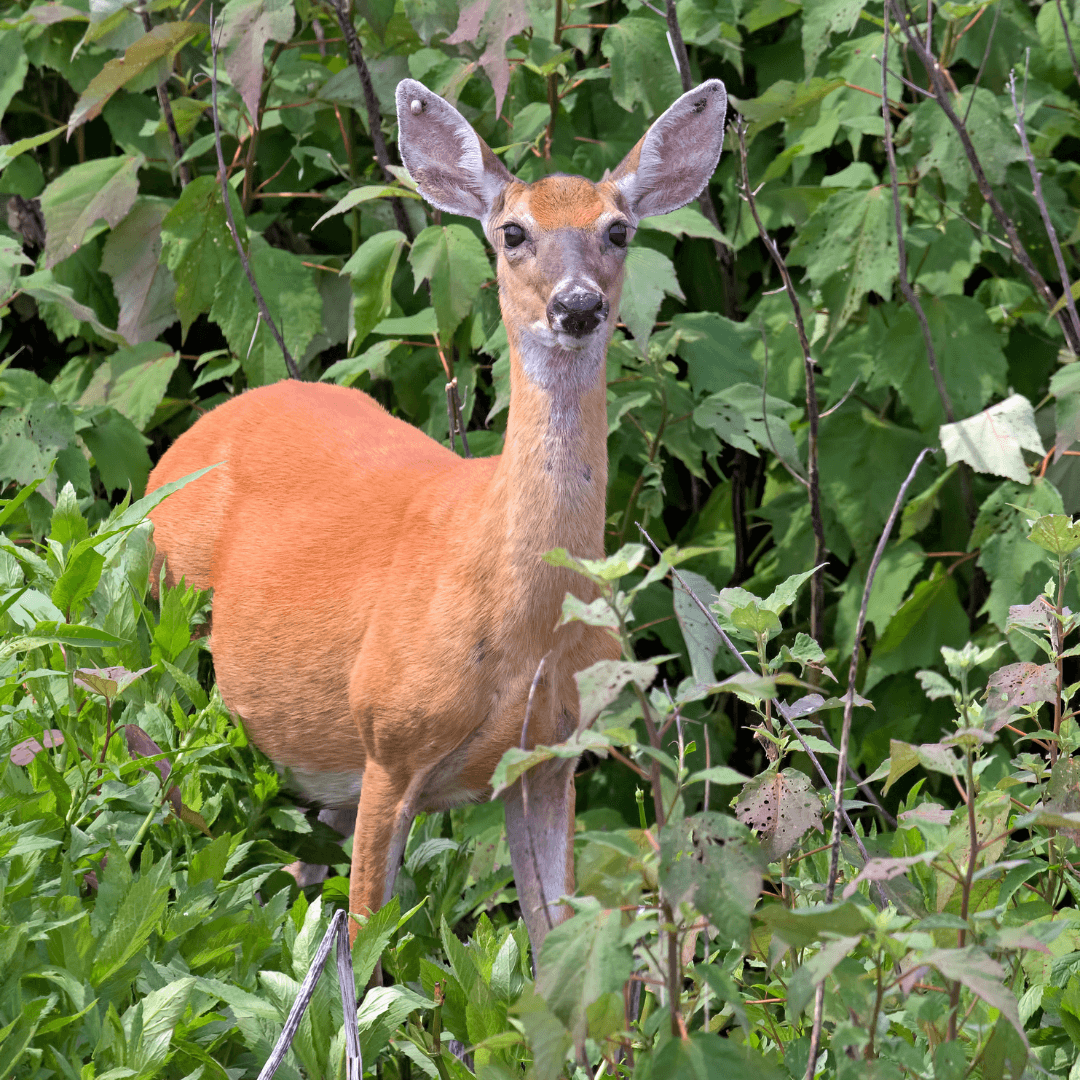
4. Wildlife Observation
Wildlife observation is a natural therapy activity that involves observing animals in their natural habitat.
Wildlife observation can be done in various natural settings, such as forests, wetlands, grasslands, or parks. It can be a calming and rewarding activity that allows you to connect with nature, appreciate the beauty of wildlife, and experience a sense of wonder and awe.
One key aspect of wildlife observation is mindfulness. It encourages being fully present and engaged in the moment without judgment.
As you observe wildlife, you can practice mindfulness by focusing your attention on the sights, sounds, and movements of animals.
This can help you relax, reduce stress, and increase your awareness of the natural world. Wildlife observation lets you connect with nature deeply and appreciate its biodiversity and intricacies.
Observing animals in their natural habitats can deepen one's connection with the environment and foster a greater appreciation for wildlife's beauty and diversity.
This connection with nature can promote a sense of awe, wonder, and reverence for the natural world, which can be spiritually uplifting and emotionally nourishing.
Wildlife observation can also have relaxation and stress-reducing benefits. Being in nature and observing animals can help you relax, unwind, and disconnect from the pressures of daily life.
Observing wildlife at a slower pace can also promote a sense of tranquillity and inner peace. Animals' sounds, movements, and behaviours can soothe the mind and body and help reduce stress and anxiety.

5. Outdoor Mindfulness Or Meditation
Practicing mindfulness or meditation in a natural environment can be a deeply enriching experience.
Being present in nature, with its sights, sounds, and sensations, can help you relax, reduce stress, and deepen your connection with the natural world.
Nature has a way of grounding us and bringing us into the present moment, which aligns with the essence of mindfulness and meditation.
Immersing yourself in the beauty of nature can stimulate your senses and foster a sense of awe and appreciation for the natural world.
Combining mindfulness or meditation with nature's calming effects can amplify their benefits, leading to increased relaxation, rejuvenation, and connection with oneself and the world around one.
To practice outdoor mindfulness or meditation, find a quiet natural spot where you can sit comfortably. It could be a park, a beach, a forest, or any other natural setting that resonates with you.
Sit in a relaxed and comfortable position, and pay attention to your breath. Notice the flow of air entering and leaving your body, and allow yourself to fully experience the present moment without judgment or attachment to thoughts or distractions.
As you sit in nature, let your senses come alive and fully take in the sights, sounds, smells, and sensations around you, allowing yourself to be fully present in the natural environment.
Practicing mindfulness or meditation in nature can help you foster a deeper connection with the natural world.
As you become more attuned to your surroundings, you may notice the intricate details of nature that you might have overlooked before.
The colours of the flowers, the sound of the wind rustling through the trees, the sensation of the ground beneath you—these experiences can awaken a sense of wonder and appreciation for nature's beauty.
This can lead to a deeper connection with the natural world and a greater understanding of care and respect for the environment.
Combining mindfulness or meditation with nature's healing effects can amplify their benefits. Mindfulness and meditation reduce stress, improve mental clarity, increase self-awareness, and promote well-being.
Spending time in nature has been shown to have similar effects, such as lowering cortisol levels, promoting relaxation, and enhancing cognitive function.
When practiced together, mindfulness or meditation in nature can create a synergistic effect, enhancing the benefits of both practices and leading to a heightened sense of relaxation, rejuvenation, and connection with oneself and the natural world.

6. Camping Or Backpacking
Camping or backpacking is an outdoor adventure that allows you to immerse yourself fully in nature for an extended period of time.
It's a chance to disconnect from modern technology, experience the rhythm of the heart, and engage in outdoor activities that can be both physically and mentally rewarding.
Camping and backpacking offer a unique way to connect with the natural world, explore the wilderness, and create lasting memories.
One of the main benefits of camping or backpacking is the opportunity to disconnect from modern technology's distractions.
In today's fast-paced world, we are constantly overwhelmed with screens, notifications, and information overload. Camping or backpacking allow you to unplug, step away from screens, and reconnect with nature's simplicity.
It provides a chance to slow down, be present at the moment, and truly appreciate the beauty and tranquillity of the natural environment.
Immersing in nature during camping or backpacking trips can also have profound physical and mental health benefits.
Spending time in nature has been shown to reduce stress, lower blood pressure, boost mood, and improve overall well-being.
When you camp or backpack, you can breathe in the fresh air, soak in the sunshine, and be surrounded by the natural sounds and scents of the wilderness.
Engaging in outdoor activities such as hiking, stargazing, or sitting around a campfire can also provide a sense of adventure, excitement, and connection with nature that can positively impact your mental and emotional state.
Camping or backpacking also allows you to experience the rhythm of nature. Living in harmony with the natural environment, following the rise and fall of the sun, and adapting to the weather and seasons can help you feel grounded and connected to the Earth.
It can also foster a deeper appreciation for the cycles of life and the interconnectedness of all living beings.
Camping or backpacking provides an opportunity to witness the beauty of sunrises and sunsets, listen to the sounds of the forest or the desert at night, and be in tune with the natural world in a way that is often difficult to experience in our modern, urban lives.
7. Nature-Based Arts And Crafts
Engaging in arts and crafts using natural materials can be a wonderful way to connect with nature and express one's creativity.
Nature provides abundant materials, such as leaves, flowers, stones, shells, twigs, and more, that can be used to create unique and beautiful artworks.
One of the main benefits of nature-based arts and crafts is the opportunity to immerse yourself in the beauty of nature while engaging in a creative process.
Collecting natural materials, such as leaves or flowers, can be a mindful activity that encourages you to slow down, observe your surroundings, and appreciate the intricate details of nature.
Gathering materials can also help you develop a deeper connection with the natural environment and foster a sense of gratitude and awe for the wonders of nature.
Once you have gathered your natural materials, you can create art in various forms, such as painting, drawing, collage, or crafting.
Painting or drawing with natural pigments or using raw materials as brushes or tools can add an element of novelty and creativity to your artwork.
Creating collages with pressed flowers or arranging natural materials into patterns or designs can also be a therapeutic and creative process. It allows you to express yourself artistically while connecting to nature.
Nature-based arts and crafts can also be a form of self-expression and a way to reflect on your relationship with nature.
Through your artwork, you can convey your connection with nature, explore your emotions, and express your appreciation for the natural world.
Nature-based arts and crafts can be a means of storytelling. Through your creative expressions, you can share your experiences, memories, and impressions of nature.

8. Everyday Nature Connections
Nature therapy can be incorporated into daily life to promote overall well-being. Connecting with nature regularly, even in small and simple ways, can positively impact your mental, emotional, and physical health.
One way to incorporate nature into your everyday life is by bringing natural light into your living or working space.
Opening windows or curtains to let in natural sunlight can help regulate your circadian rhythm, improve mood, and enhance overall well-being.
Exposure to natural light has been shown to affect mood, energy levels, and sleep quality positively. It's a simple way to connect with the natural environment without leaving home or office.
Taking breaks in natural outdoor spaces during your workday can also be beneficial. Spending time in a nearby park, green area, or even just a patch of grass can provide an opportunity to relax, recharge, and connect with nature.
Even short walks or simply sitting and observing nature can help reduce stress, improve cognitive function, and boost overall well-being.
If you work in an urban environment without immediate access to natural spaces, try to find nearby parks or green areas that you can visit during your breaks or lunchtime.
Another way to incorporate nature into your everyday life is by bringing indoor plants into your home or office.
Indoor plants add aesthetic appeal and contribute to creating a nature-rich environment. They can improve indoor air quality, boost mood and productivity, reduce stress, and develop a sense of connection with nature, even in indoor settings.
Choose plants suitable for indoor environments and take care of them by providing proper sunlight, water, and maintenance.
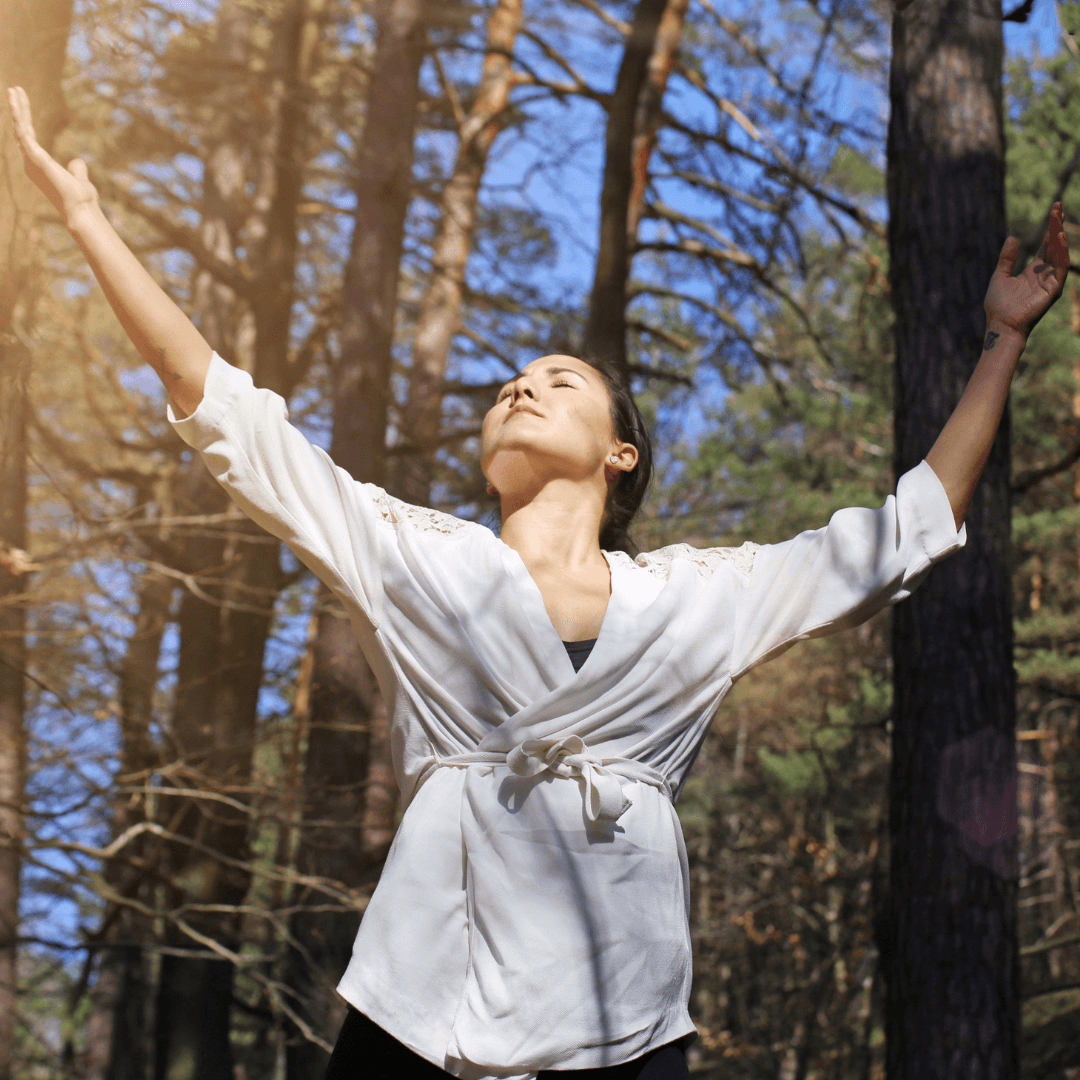
Conclusion
In conclusion, nature therapy is a powerful tool for overall well-being and can positively impact our lives. Immersing ourselves in nature can bring us a sense of peace and restoration, whether seeking stress relief, mental clarity, or simply a connection to the natural world.
By incorporating the best ways to experience nature therapy into our daily lives, such as taking walks in nature, practicing mindfulness outdoors, starting a garden, engaging in outdoor activities, and planning nature retreats or vacations, we can reap the numerous benefits of nature.
So, take a moment to step outside, breathe in the fresh air, and let nature envelop you. Let the sights, sounds, and sensations wash over you and bring a sense of calm and rejuvenation. Embrace nature's healing power and make it a priority in your life.
Remember, nature is always there, patiently waiting for us to explore, appreciate, and find solace within its embrace.
Let nature be your sanctuary, refuge, and source of inspiration. Immerse yourself in the wonders of the natural world, and let nature therapy transform your life.
I trust you enjoyed this article on the Best Ways To Get Nature Therapy. Please stay tuned for more blog posts to come shortly. Take care!
JeannetteZ
>>>Please click here to read my all-inclusive article about A Comprehensive Guide To Healing Naturally<<<
>>>Are you interested in Natural Healing Through Herbs? Please click here for my #1 Recommendation<<<
Your Opinion Is Important To Me
Do you have thoughts, ideas, or questions? I would love to hear from you. Please leave me your questions, experiences, and remarks about this article on the Best Ways To Get Nature Therapy in the comments section below. You can also reach me by email at Jeannette@Close-To-Nature.org.
Disclosure
This post may contain affiliate links. I earn from qualifying purchases as an Amazon Associate and other affiliate programs. Please read my full affiliate disclosure.
You might also enjoy these blog posts:
9 Top Relaxing Nature Places In The World
Top 8 Common Steps Of Growing Geraniums
5 Quick Tips For Growing Coconut Trees
The 6 Best Things About Growing Pear Trees
Simple Guide To Growing Apricot Trees In Pots

